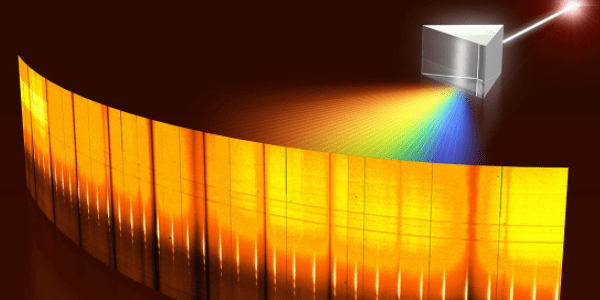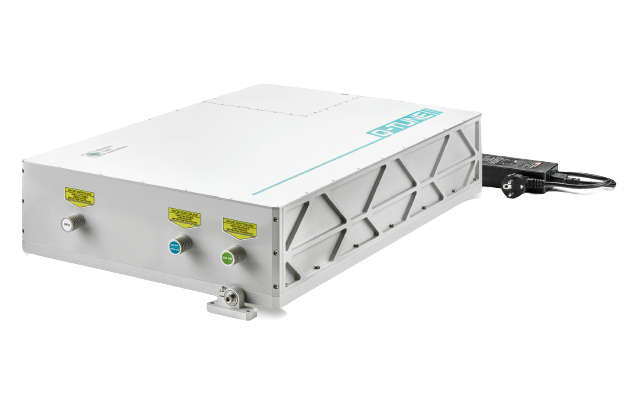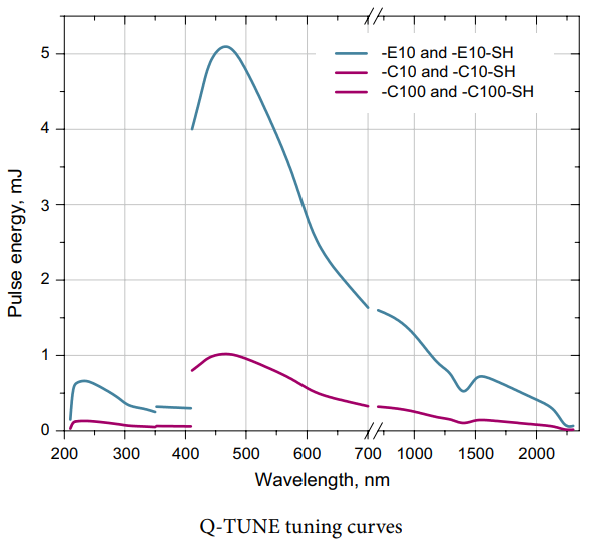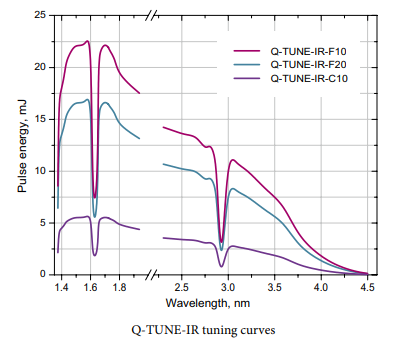
Tunable lasers have proven to be great assets for numerous applications. Various types of laser spectroscopy, and many other scientific applications benefit from the wavelength tunability, narrow linewidths and output power provided by tunable lasers. In the military, one common application is the generation of high-power, broadband light, used for disrupting the guidance systems on heat-seeking missiles. Other applications include confocal microscopy, photo-acoustic imaging, scanning near-field optical microscopy, metrology, and more.
Tunable lasers, available in many forms, are basically defined as a laser with some form of an adjustable wavelength range. Some tunable lasers allow the user to adjust the wavelength among an extensive tunable range, while some only allow for a few nanometers or even less than a nanometer of adjustment. Other tunable laser options are still technically tunable, but must be specified by the customer and factory-set by the manufacturer, with no wavelength adjustments available after leaving the factory. Deciding which option works best for you largely depends on your specific application requirements.
Today we are discussing a similar type of tunable laser, utilizing an Optical Parametric Oscillator (OPO). An OPO is typically defined as a laser-pumped crystal with nonlinear optical properties that generate coherent light whose output can be tuned continuously over various infrared and visible wavelengths. While similar, OPOs are not typically categorized as ‘tunable lasers’ because of some key technical differences. One major difference is that the OPO resonator is based on the optical gain from parametric amplification in a nonlinear crystal rather than from stimulated emission. One of the biggest attractions of OPOs is the ‘signal’ and ‘idler’ wavelengths. These wavelengths are determined by a phase-matching condition, and they are widely variable. This means that wavelengths in the mid-infrared and far-infrared are easily accessible with an OPO laser, broadening your application capabilities. For most lasers, achieving many of these wavelengths is difficult or impossible, which makes tunable OPO lasers all the more attractive. We offer two tunable OPO laser models at RPMC: the Q-TUNE and the Q-TUNE-IR.

The Q-TUNE and Q-TUNE IR tunable DPSS lasers from Quantum Light Instruments have everything you need to enhance and simplify your spectroscopy application. For the standard Q-TUNE, a wide wavelength tunability range from 410-2300nm means you have all the wavelengths you need, easily accessible, for all your various application needs. An optional second harmonic generator extends this wavelength range down to 210nm. The Q-TUNE-IR provides a full range from 1380-4500nm, perfect for IR Spectroscopy & Spectrophotometry and other SWIR & MWIR applications. These time-tested, reliable OPO lasers have a guaranteed pump diode lifetime of over 2 giga-shots, providing long-term peace of mind. The compact, turn-key design can save precious real estate and minimize the difficulty and burden of setup and operation. Just turn the key, set your operating parameters, and this water-free, air-cooled system is ready to go. The absence of a bulky chiller unit will save you even more space, time, money and effort, with an overall reduction in maintenance, lower total cost of ownership, and less downtime. A user-friendly web interface, gives you the freedom to control the laser remotely from any computer or smart phone browser without having to download or install software. Furthermore, the networking ability allows for remote diagnostics and troubleshooting, should you ever run into a problem. The advanced, microprocessor-controlled operation allows for automated self-optimization, self-calibration, and hands-free wavelength tuning at the click of a button. So, you don’t have to be a laser expert to achieve peak performance and get superior results from your laser application.
|
Q-TUNE:
|
Q-TUNE-IR:
|
Talk to a knowledgeable Product Manager today by Contacting Us here, or by calling us at 636.272.7227!

 SHIPS TODAY
SHIPS TODAY 

